With affordable PC-compatible headsets like the Quest 2 and soon PSVR 2 support, it’s easy to jump into PC VR. For gamers considering purchasing a PC VR headset, one key question marks the starting point on your journey to a decision: Does my PC meet the minimum specifications? Here’s how to find out.
Updated – June 3, 2024
VR gaming requires a lot more resources than monitor gaming. In short, this is because the render resolution is much higher than the 1080p displays used by most PC users today. Not to mention, VR games should also be rendered in 3D and anywhere from 72 to 144 FPS depending on the headset. Here are the recommended VR system requirements for the most popular headsets.
Before we dive in, you’ll want to know a few things about your computer. First of all, PC VR headsets are not supported by MacOS. Next, you’ll need to know your computer’s specifications. Expand the section below if you don’t know where to find that information.
To determine if your PC can handle VR, there are four essential things you need to know:
- Video card
- CPU
- RAM
- Video output
GPU
- Press the Start button and type ‘Device Manager’, select it from the list
- In Device Manager, expand Display Adapters, where your video card is listed below
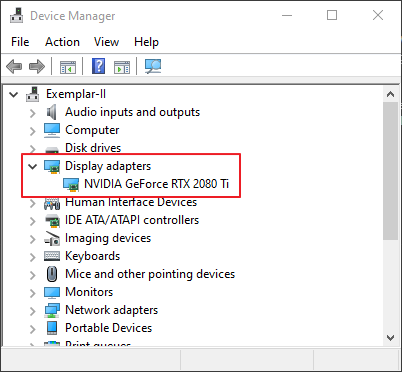
CPU & RAM
- Press the Start button and type ‘about your PC’, select it from the list
- In the About window, scroll down to find “Processor” (also known as CPU) and “Installed RAM”
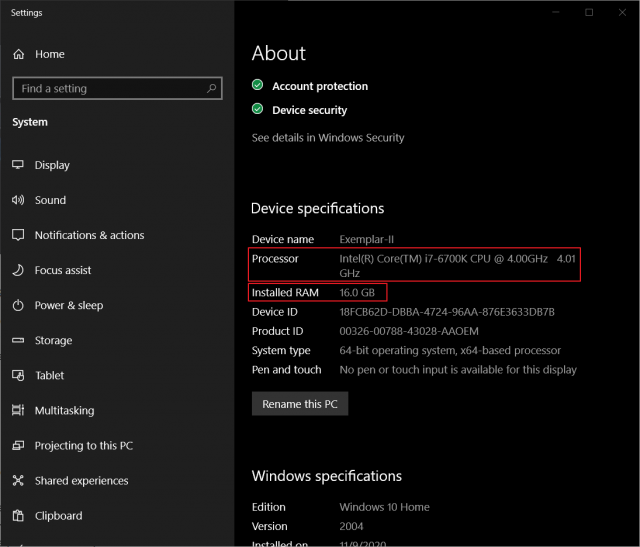
Video output
For this you need to look at the back of your computer and see what ports are available on the back, especially on your GPU (which is usually lower):
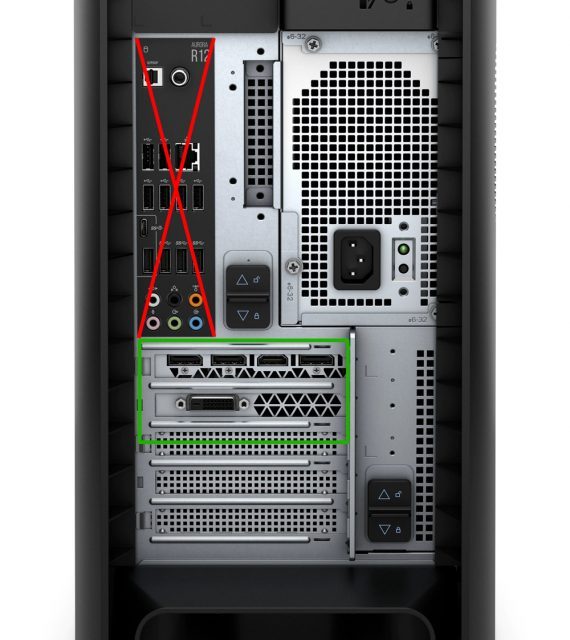
The gates can look very similar, so look closely at the shapes of each. Remember that you will need a free port to connect your headphones.
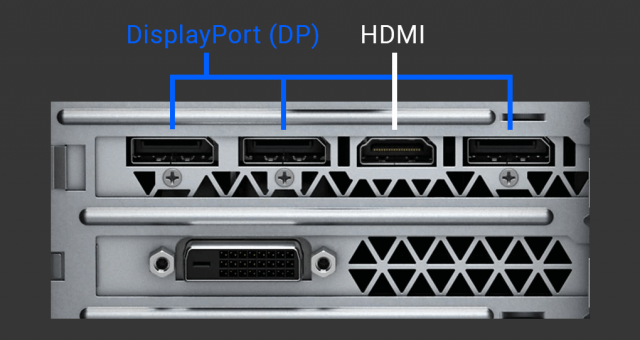
Most headset manufacturers offer what they call a ‘recommended’ hardware configuration for virtual reality gaming. This gives VR developers a basic hardware target so they can ensure the consistent FPS requirement is met. If your device doesn’t meet the recommended specs, you run the risk of falling under frame rates, which can result in an unstable and uncomfortable VR experience.
The recommended specifications provided by each company are relatively similar, but there are some key differences that are worth looking at in detail:
Meta / Oculus VR system requirements
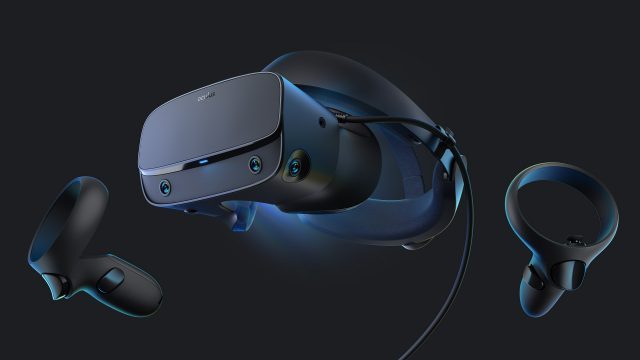
Oculus Rift S Recommended VR Specs:
- Video card: NVIDIA GTX 1060 (6GB) / AMD Radeon RX 480 or greater
- CPU: Intel i5-4590 / AMD Ryzen 5 1500X or greater
- Memory: 8GB+ RAM
- Video output: DisplayPort
- USB ports: 1x USB 3.0+ port
- OS: Windows 10+
Oculus Rift CV1 Recommended VR Specifications:
- Video card: NVIDIA GTX 1060 (6GB) / AMD Radeon RX 480 or greater
- CPU: Intel i5-4590 / AMD Ryzen 5 1500X or greater
- Memory: 8GB+ RAM
- Video output: HDMI 1.3 compatible video output
- USB ports: 3x USB 3.0+ ports, 1x USB 2.0+ port
- OS: Windows 10+ (Windows 7/8.1 no longer recommended)
Meta Quest, Quest 2, Quest 3 and Quest Pro via Oculus / Quest Link
The Meta Quest headset can also play PC VR games via Oculus Link. See this article for the most up-to-date information on Meta Quest’s recommended specs and supported graphics cards.
Valve VR system requirements
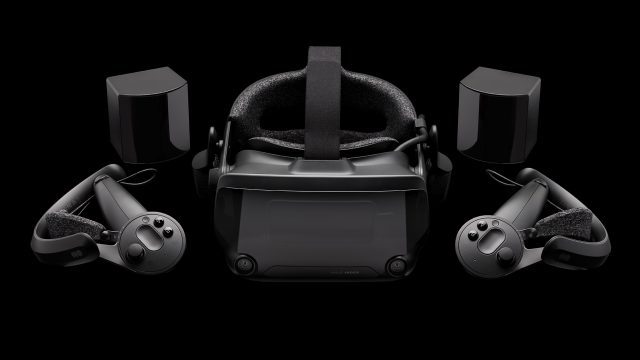
Valve Index Recommended VR Specs:
- Video card: NVIDIA GTX 1070 / AMD RX 580 or greater
- CPU: Intel i5-7500 / AMD Ryzen 5 1600 or newer
- Memory: 12GB+ RAM
- Video output: DisplayPort 1.2
- USB ports: 1x USB 2.0+ port (USB 3.0 required for camera passthrough)
- OS: Windows 10+, SteamOS, Linux
Check your computer: You can automatically check if you meet these specs with the Are You Ready for Valve Index app on Steam.
Sony PlayStation VR system requirements
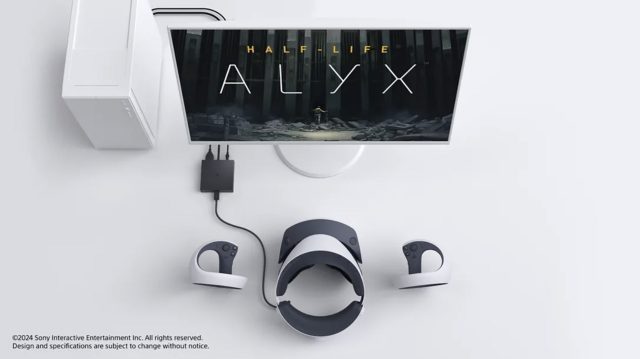
Important note: PC VR support for PSVR 2 requires an official adapter available starting August 7th. PSVR 2 on SteamVR is officially supported by Sony, but there are some caveats when using it on PC compared to PS5; read more here.
PSVR 2 Recommended VR Specs
- Video card: NVIDIA GTX 1050 / AMD Radeon RX 5500XR or later
- CPU: Intel i5-7600 / AMD Ryzen 3 3100 or later
- Memory: 8GB+ RAM
- Video output: DisplayPort 1.4 ((must have a standard DisplayPort or Mini DisplayPort output port, adapters from other ports will not work)
- OS: Windows 10+
- Additional requirements: Bluetooth 4.0 or later
PSVR 1
- PSVR 1 does not support PC VR
HTC VR system requirements
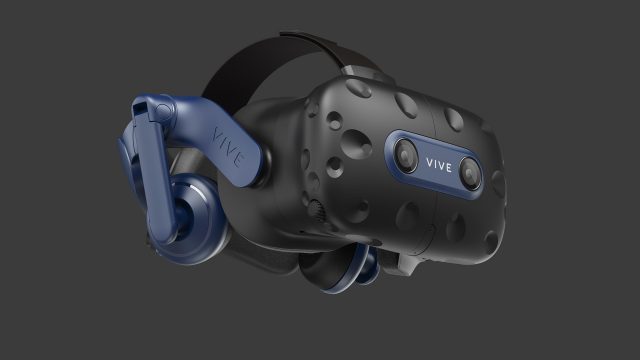
Vive 1’s recommended VR specs
- Video card: NVIDIA GTX 1060 (6GB), AMD RX 480 or greater
- CPU: Intel i5-4590 / AMD FX 8350 or greater
- Memory: 4GB+ RAM
- Video output: DisplayPort 1.2+
- USB ports: 1x USB 2.0+ port
- OS: Windows 7 SP1+
Vive Pro Recommended VR Specifications
- Video card: NVIDIA GeForce GTX 1070 / AMD Radeon Vega 56 or newer
- CPU: Intel i5-4590 / AMD FX 8350 or greater
- Memory: 4GB+ RAM
- Video output: DisplayPort 1.2+
- USB ports: 1x USB 3.0+ port
- OS: Windows 10+
Vive Pro 2 Recommended VR Specs
- Video card: NVIDIA GTX 2060 / AMD Radeon RX 5700 or greater
- CPU: Intel Core i5-4590 / AMD Ryzen 1500 or newer
- Memory: 8GB+ RAM
- Video output: DisplayPort 1.4+
- USB ports: 1x USB 3.0+ port
- OS: Windows 10+
Vive XR Elite
- Video card: NVIDIA GTX 1060 (6GB) / AMD RX 580 or greater
- CPU: Intel i5‑4590 / AMD Ryzen 5 1500X or greater
- Memory: 8GB+ RAM
- USB ports: 1x USB 3.0+ port
- USB cable: Long USB 3.0+ cable for PC connection (our recommendation)
- OS: Windows 10+
- Router (for wireless transmission): Wi-Fi 5 / Wi-Fi 6 / Wi-Fi 6E
WMR and HP system requirements
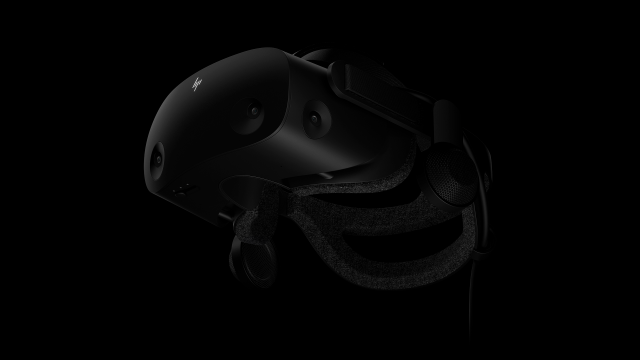
General Windows Mixed Reality Recommended Specifications for VR
- Video card: NVIDIA GTX 1060 (6GB) / AMD RX 470/570 or greater
- CPU: Intel Core i5-4590 / AMD Ryzen 5 1400 or newer
- Memory: 8GB+
- Video output: HDMI 2.0+ or DisplayPort 1.2+ (may vary based on specific headset)
- USB port: 1x USB 3.0+
- OS: Windows 10+ (Note: Not supported on N versions or Windows 10 Pro in S mode)
- Bodybuilding Some headsets require Bluetooth 4.0 to connect the controller
HP Reverb G1 and G2 Recommended VR Specifications for Windows Mixed Reality
- Video card: NVIDIA GTX 1080 / AMD RX 5700 or greater
- CPU: Intel Core i5, i7 / AMD Ryzen 5 or newer
- Memory: 8GB+
- Video output: DisplayPort 1.3+
- USB port: 1x USB 3.0+
- OS: Windows 10 (may require the latest updates)
Pimax VR system requirements
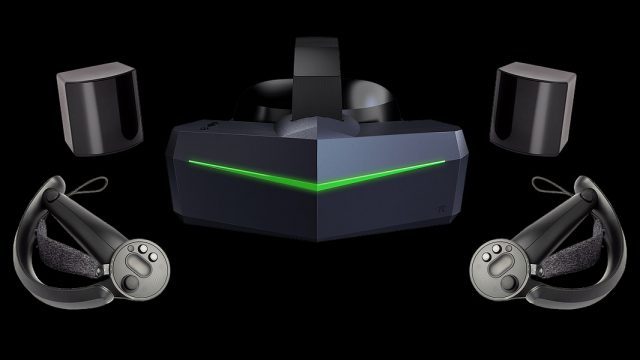
Pimax 8K X Recommended VR Specifications
- Video card
- Advanced mode: NVIDIA RTX 2060 or newer
- Original mode: NVIDIA RTX 2080 or newer
- CPU: Intel i5-9400 or greater
- Memory: 8GB+
- Video output: DisplayPort 1.2+
- USB port: USB 2.0+
- OS: Windows 10+
Pimax 8K Plus recommended VR specs
- Video card: NVIDIA RTX 2060 or newer
- CPU: Intel i5-9400 or greater
- Memory: 8GB+
- Video output: DisplayPort 1.2+
- USB port: USB 2.0+
- OS: Windows 10+
Pimax 5K Super Recommended VR Specs
- Video card: NVIDIA GTX 1080 Ti or greater
- CPU: Intel i5-9400 or greater
- Memory: 8GB+
- Video output: DisplayPort 1.2+
- USB port: USB 2.0+
- OS: Windows 10+
Pimax 5K Plus recommended VR specs
- Video card: NVIDIA GTX 1070 or newer
- CPU: Intel i5-9400 or greater
- Memory: 8GB+
- Video output: DisplayPort 1.4+
- USB port: USB 2.0+
- OS: Windows 10+
Pimax Artisan Recommended VR Specifications
- Video card: NVIDIA GTX 1050 Ti or greater
- CPU: Intel i5-9400 or greater
- Memory: 8GB+
- Video output: DisplayPort 1.4+
- USB port: USB 2.0+
- OS: Windows 10+
Pimax Crystal Recommended VR Specifications
- Video card: NVIDIA GTX 2070 or newer
- CPU: Intel i5-12500/ AMD R7-3700X or greater
- Memory: 16GB+
- Video output: DisplayPort 1.4+
- USB port: 1x USB 2.0+, 1x USB 3.0+
- OS: Windows 10+
Pico VR system requirements
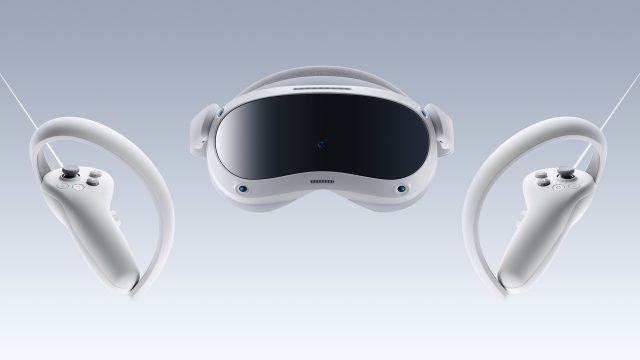
Recommended Pico 4 VR specs
- Video card: NVIDIA GTX 1060 (6GB) / AMD Radeon RX 480 or greater
- CPU: Intel i5-4590 / AMD FX 8350 or greater
- Memory: 8GB+
- USB port: USB 3.0+
- OS: Windows 10+
#Check #ready #Oculus #HTC #Vive #Valve #Index #WMR #headsets
Image Source : www.roadtovr.com